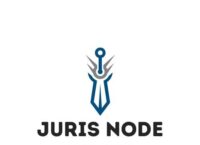The Ins and Outs of Managing Properties Seized in Money Laundering Cases
Money laundering is a pervasive global issue that undermines the integrity of financial systems and poses severe risks to national security.
The Ins and Outs of Managing Properties Seized in Money Laundering Cases Read More »










